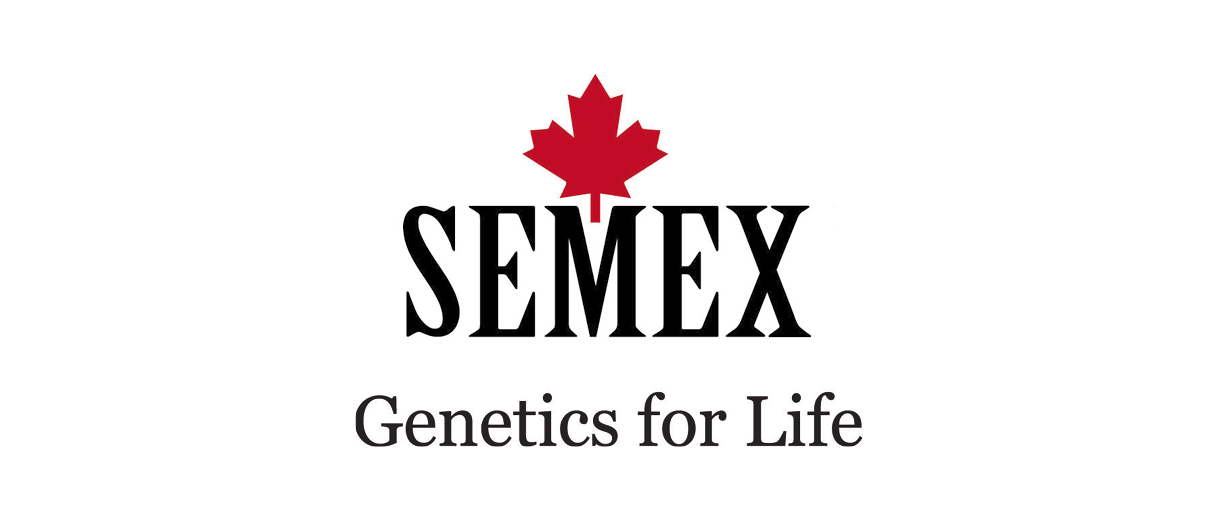| View previous HYB E-Newsletters |
|---|
| 2023 |
| 2022 |
| 2021 |
| 2020 |
| 2019 |
| 2018 |
| Sign up to receive e-newsletters from HYB
|
Do you have any news?
Let us know if you have something to share
Club News

We are on the cusp of a Breeding Revolution
If dairy farmers think that genetic progress for dairy cows is at risk of plateauing, then they can think again. It is on the cusp of an even greater revolution than we have ever seen before, and even faster genetic gains are on the cards, delegates heard at the 2020 Semex International Dairy Conference.
According to Semex’s Genomics Program Manager Dr Steven Larmer this is due to the advancement in genetic technology and knowledge, having a better understanding of the genome and how genetics affect cow biology, new genetic models, and an expansion in computing power which will all combine in a positively transformative way.
“There will be no plateau on dairy genetics, and there is a huge opportunity to improve dairy cows further if we can really understand what is happening inside the dairy cow and how genetic changes affect its biology. We have only scratched the surface of biological and genetic understanding and new technology and computing power will bring faster gains,” he insisted. These gains will be over and above the usual selection and production traits that have been bred for years and will expand into new areas like feed efficiency, rumen bug efficiency, and methane production and associated, correlated traits”.
Semex’s CEO Paul Larmer agreed with him. “We have had 30 years of extraordinary genetic progress, but there is more to come. We have doubled the genetic gains of sires over the last 10 years and can increase and speed up that rate.” For example, the average gain was $16.25/year at the start of the century, and it’s $77.57/year now. But aside from the long-term gains to be had from the rapid adoption of genomic selection there were risks too, he stated. “There will be a race among breeding companies to produce bulls with novel traits to give a competitive advantage,” he said. “But we have to bear in mind that industry goals for new technology can be different than societal expectations. Many upcoming choices should be made with the consumer in mind.”
The dairying landscape was changing rapidly, he said, and the demographics for companies like Semex shifting with fewer clients and more cows per client. “We need to deepen our relationships from transactional to transformational and connect at various levels throughout their organisation.”
Communication will be key
Several speakers said that much of the success of the industry will depend on good and simple communication of positive messages to consumers. “We need to build an extraordinary British Farming Brand,” said professional communicator Jane Craigie. “Farming is taking a disproportionate amount of blame for GHG’s, soil health, wildlife loss, and deforestation. We need a charm offensive; a lot of communication is being done on our behalf, but it's not our message. We need an army of good communicators to help tell our story," she said.
According to Stuart Roberts, the industry was well placed to communicate better with consumers and to get its message across because “people are fascinated about food and farming and love talking to farmers about them”, because it was “one of the most photogenic industries there is with beautiful landscapes and animals” and because “everyone now has a smartphone and can help communicate to the public,”. Everyone in the sector had a role to play to help farming get its message across, he insisted, and it shouldn’t be just down to the NFU and AHDB to do this. “British farmers feel pretty beaten up at the moment, but we have a phenomenal story to tell. But we don’t tell it well enough. We have to be way more positive in our communication with consumers to get our message across.”
Despite the many challenges the industry faces from issues such as an unprofitable liquid sector, volatile prices, veganism, the rise of dairy alternatives and the environment, delegates left this year’s Semex International Dairy Conference with real positivity for the future.

| View previous HYB E-Newsletters |
|---|
| 2023 |
| 2022 |
| 2021 |
| 2020 |
| 2019 |
| 2018 |
| Sign up to receive e-newsletters from HYB
|
Let us know if you have something to share